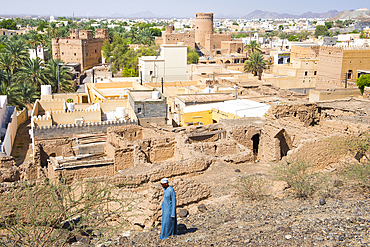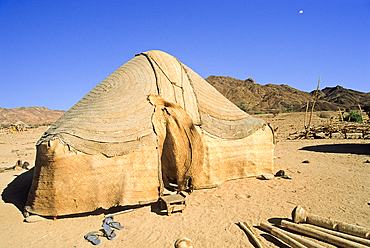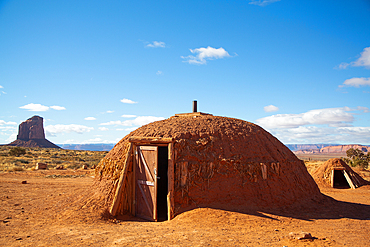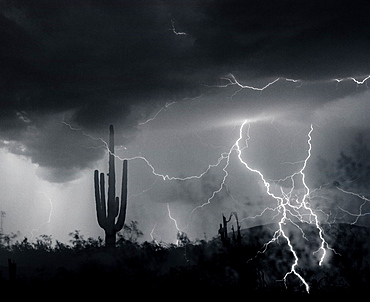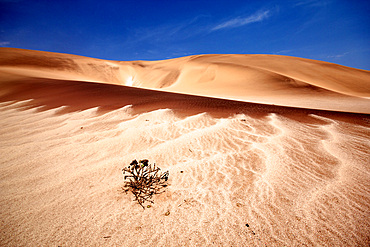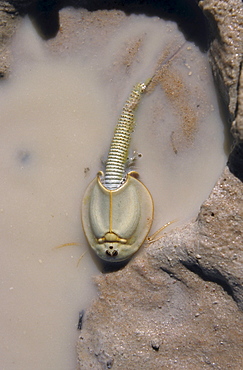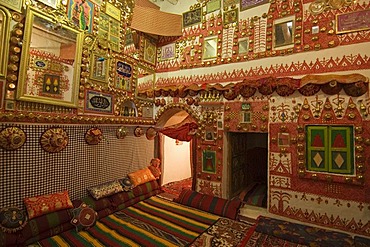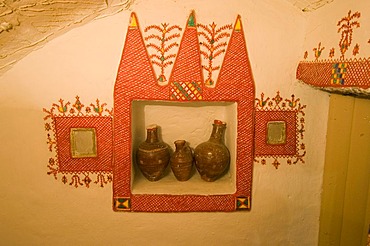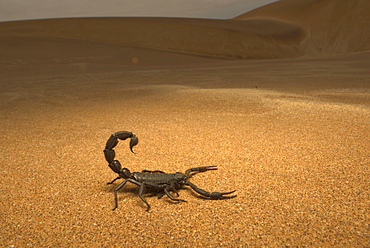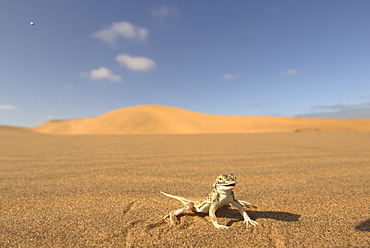Results
27 results found
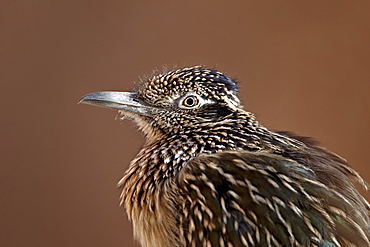
Greater roadrunner (Geococcyx californianus) in captivity, Living Desert Zoo And Gardens State Park, New Mexico, United States of America, North America
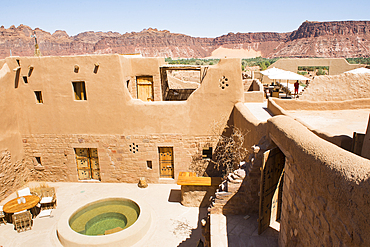
Inner patio of house (dar) of Dar Tantora The House Hotel, a renovated original mudbrick village in the oasis of AlUla, Medina Province, Saudi Arabia

Thuraya Wellness lounge, Our Habitas AlUla, sustainable luxury resort in ancient oasis in canyons of Ashar Valley, Medina Province, Saudi Arabia

Our Habitas AlUla, a sustainable luxury resort nestled in ancient oasis in the desert canyons of the Ashar Valley, Medina Province, Saudi Arabia

Airstreams Caravans by Our Habitas, Luxury glamping located in Ashar Valley, near Alula, Medina Province, Saudi Arabia

Our Habitas AlUla, a sustainable desert luxury resort in an ancient oasis in the desert canyons of the Ashar Valley, Medina Province, Saudi Arabia

View of modern skyscrapers in Dubai, the fastest growing city in the world, Dubai, United Arab Emirates

Hamlet near Tighza in the Ounila River valley, Ouarzazate Province, region of Draa-Tafilalet, Morocco
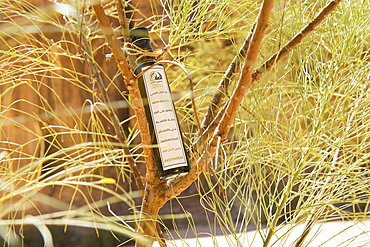
Bottle of Moringa oil in Moringa peregrina tree at Our Habitas AlUla, sustainable desert luxury resort in the Ashar Valley, Medina Province, Saudi Arabia
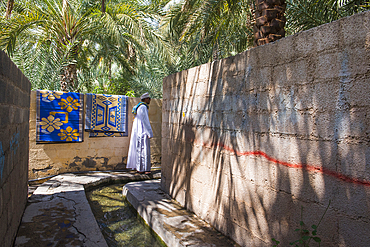
Irrigation canal, Falaj irrigation system (Falaj Al-Khatmeen), UNESCO, palm grove, Birkat Al Mouz, Al Dakhliya region, Jebel Akhdar foothills, Oman

Thuraya Wellness lounge, Our Habitas AlUla, sustainable luxury resort in ancient oasis in canyons of Ashar Valley, Medina Province, Saudi Arabia
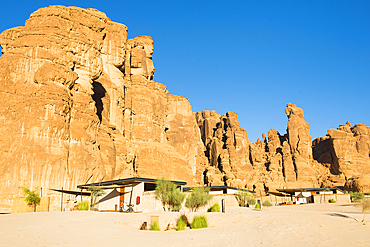
Our Habitas AlUla, a sustainable desert luxury resort in an ancient oasis in the desert canyons of the Ashar Valley, Medina Province, Saudi Arabia

Garden view from villa at Our Habitas AlUla, a sustainable resort in ancient oasis in desert canyon, the Ashar Valley, Medina Province, Saudi Arabia
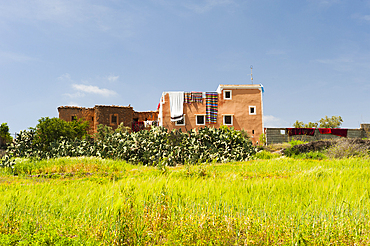
A remote house in landscape around Ait Baha, Chtouka Ait Baha Province, Souss-Massa-Draa region, Morocco
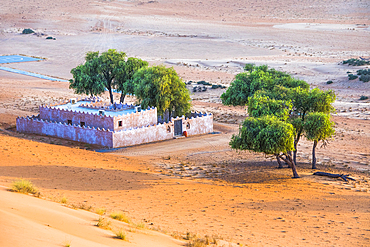
Villa at The Thousand Nights Camp in the Sharqiya Sands, formerly Wahiba Sands, desert region, Sultanate of Oman, Arabian Peninsula

Airstreams Caravans by Our Habitas, Luxury glamping located in Ashar Valley, near Alula, Medina Province, Saudi Arabia

Airstreams Caravans by Our Habitas, Luxury glamping located in Ashar Valley, near Alula, Medina Province, Saudi Arabia
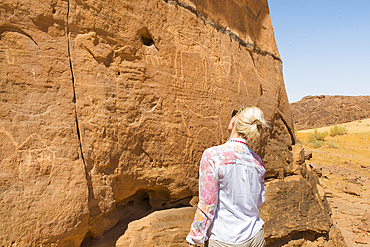
Woman admiring ancient symbols and rock carvings on sandstone rock cliff in the Sharaan Nature Reserve, AlUla, Medina Province, Saudi Arabia
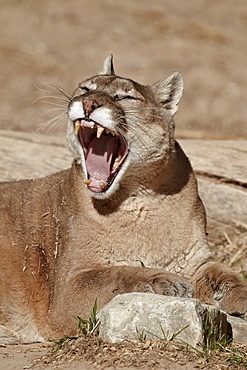
Mountain lion (cougar) (puma) (Puma concolor) yawning, Living Desert Zoo And Gardens State Park, New Mexico, United States of America, North America
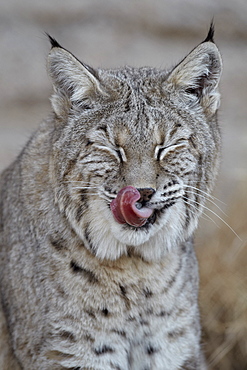
Bobcat (Lynx rufus) with its tongue out, Living Desert Zoo And Gardens State Park, New Mexico, United States of America, North America
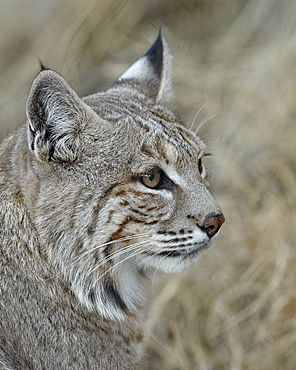
Bobcat (Lynx rufus), Living Desert Zoo And Gardens State Park, New Mexico, United States of America, North America
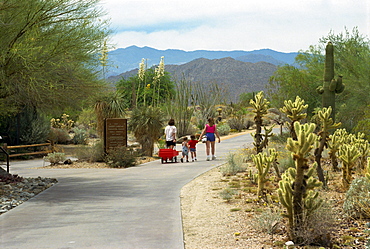
Information park called The Living Desert, Palm Springs, California, United States of America, North America
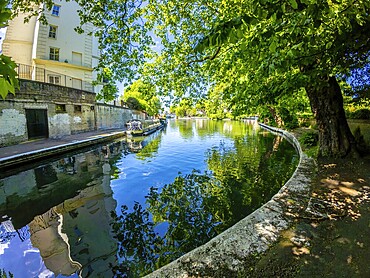
Calm waters reflecting buildings and lush trees along little venice canal in london, offering a peaceful urban oasis
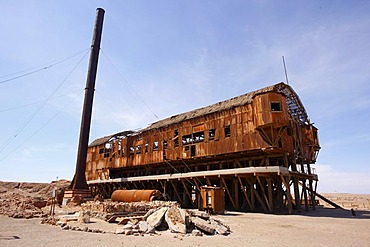
Santa Laura Saltpeter Works, UNESCO World Heritage Site, Atacama Desert, northern Chile, Chile, South America
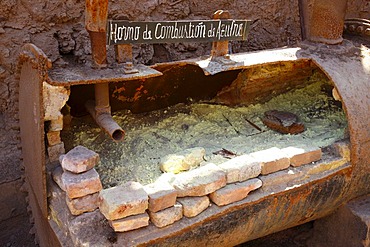
Santa Laura Saltpeter Works, UNESCO World Heritage Site, Atacama Desert, northern Chile, Chile, South America
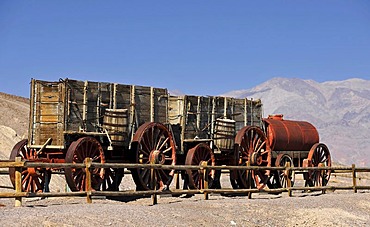
Historical Twenty Mule Team for the transport of borax, Borax Museum, Furnace Creek Ranch Resort Oasis, Death Valley National Park, Mojave Desert, California, United States of America, USA

Lesser Goldfinch or Dark-backed Goldfinch (Carduelis psaltria), young bird, Park Living Desert, Palm Desert, Southern California, California, USA
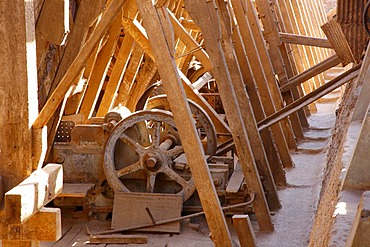
Santa Laura Saltpeter Works, UNESCO World Heritage Site, Atacama Desert, northern Chile, Chile, South America
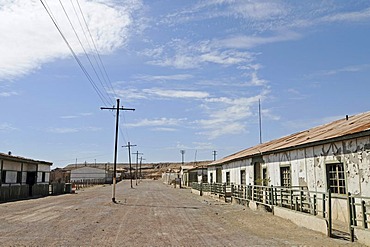
Housing for workers, buildings, road, Humberstone, salpetre works, abandoned salpetre town, ghost town, desert, museum, UNESCO World Heritage Site, Iquique, Norte Grande region, Northern Chile, Chile, South America
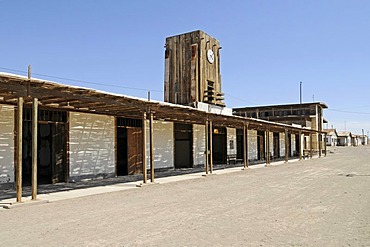
Plaza, square, buildings, street, clock tower, Humberstone, salpetre works, abandoned salpetre town, ghost town, desert, museum, UNESCO World Heritage Site, Iquique, Norte Grande region, Northern Chile, Chile, South America
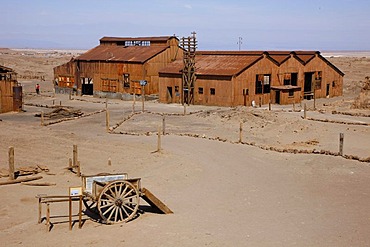
Santa Laura Saltpeter Works, UNESCO World Heritage Site, Atacama Desert, northern Chile, Chile, South America
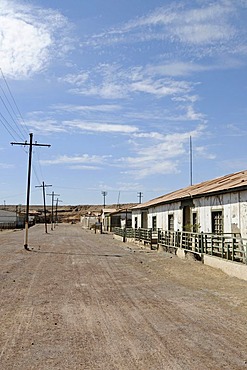
Housing for workers, buildings, road, Humberstone, salpetre works, abandoned salpetre town, ghost town, desert, museum, UNESCO World Heritage Site, Iquique, Norte Grande region, Northern Chile, Chile, South America
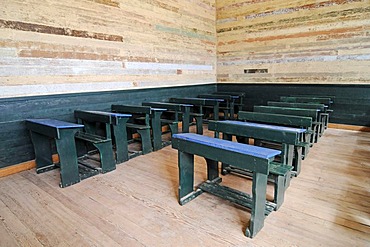
Old school desks, benches, school, Humberstone, salpetre works, abandoned salpetre town, ghost town, desert, museum, UNESCO World Heritage Site, Iquique, Norte Grande region, Northern Chile, Chile, South America
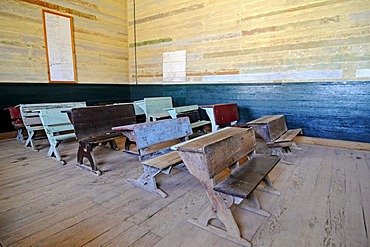
Old school desks, benches, school, Humberstone, salpetre works, abandoned salpetre town, ghost town, desert, museum, UNESCO World Heritage Site, Iquique, Norte Grande region, Northern Chile, Chile, South America
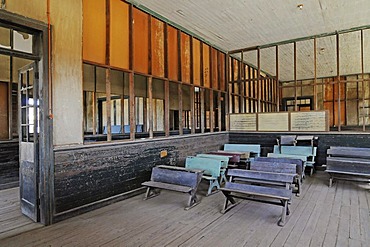
Old school desks, benches, school, Humberstone, salpetre works, abandoned salpetre town, ghost town, desert, museum, UNESCO World Heritage Site, Iquique, Norte Grande region, Northern Chile, Chile, South America
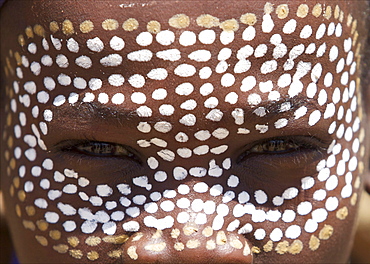
This is a very exotic and a small tribe living in the Weyto Valley Desert, the young boys decorate their faces with white and colored dots. Arbore tribe, Weyto Valley Desert, South Ethiopia, 2010
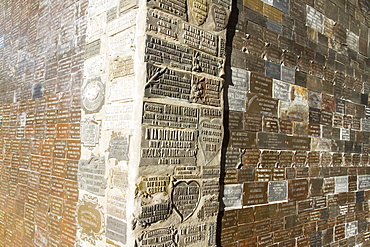
Thanksgiving plaques on a shrine at the Difunta Correa Sanctuary, Vallecito, San Juan, Argentina. La Difunta Correa is the most popular of Argentina's folk saints. She was a woman whose husband was forcibly recruited around the year 1840, during the Argentine civil wars. Becoming sick, he was then abandoned by partisans. In an attempt to reach her sick husband, Deolinda took her baby and followed the tracks of the partisans through the desert of San Juan Province. When her supplies ran out, she died. Her body was found days later by gauchos, however they found the baby still alive, feeding from the deceased woman's miraculously ever-full breast. Once the folk tale became known, her devout followers believe her to perform miracles and intercede for the living. Cattle keepers and truck drivers create small altars throughout Argentina and leave bottles of water as votive offerings.
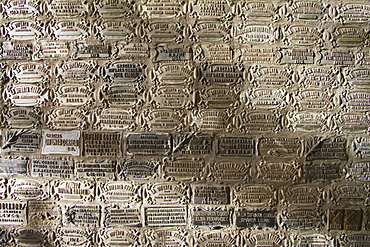
Thanksgiving plaques on a shrine at the Difunta Correa Sanctuary, Vallecito, San Juan, Argentina. La Difunta Correa is the most popular of Argentina's folk saints. She was a woman whose husband was forcibly recruited around the year 1840, during the Argentine civil wars. Becoming sick, he was then abandoned by partisans. In an attempt to reach her sick husband, Deolinda took her baby and followed the tracks of the partisans through the desert of San Juan Province. When her supplies ran out, she died. Her body was found days later by gauchos, however they found the baby still alive, feeding from the deceased woman's miraculously ever-full breast. Once the folk tale became known, her devout followers believe her to perform miracles and intercede for the living. Cattle keepers and truck drivers create small altars throughout Argentina and leave bottles of water as votive offerings.


